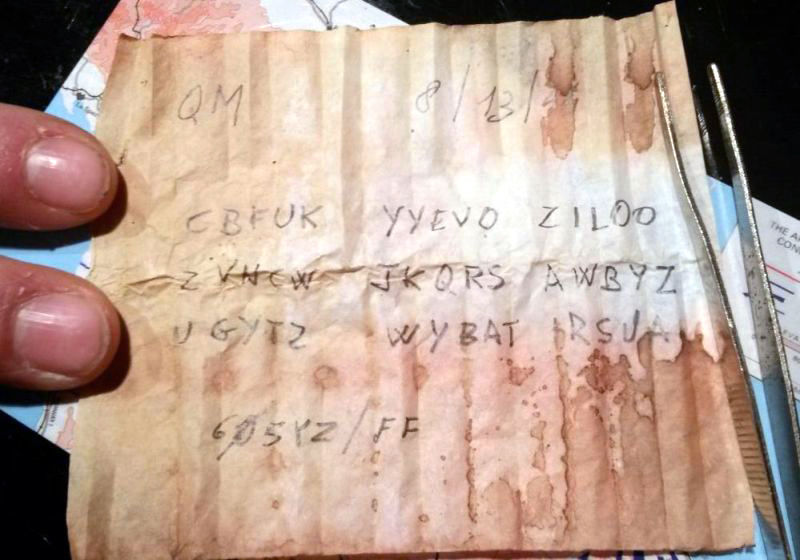Decades after the end of the Second World War, enthusiasts abound all over Europe. Obsessed with ownership of relics, they rummage through old battlefields for items from the world’s most monumental war events.
These enthusiasts have uncovered wartime artifacts from small items like helmets, dog tags, and medals, to larger ones like machine guns, tanks, and even secret weapons research facilities.
This practice gets disapproval from several veterans’ groups and archeologists, who feel it is wrong and disrespectful for people to just waltz into historic combat sites with shovels and metal detectors, unearthing detritus of warfare for selfish purposes.
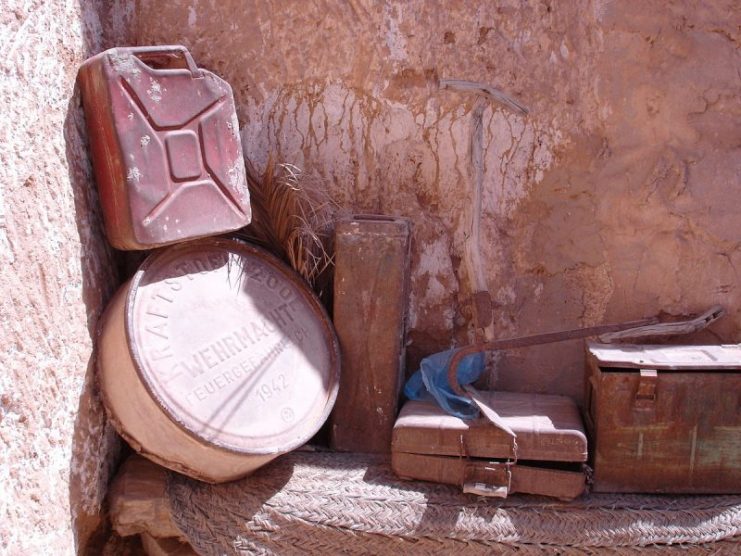
As a matter of fact, such activities are illegal in some countries, with offenders facing serious penalties.
But even the frown of the law has not done enough to quench the flames of enthusiasm, as the hunt for war relics continues to occur. It is a form of recreation for some, while for others it is a lucrative business venture.
So it goes that during one of these escapades in 2015 a group of enthusiasts invaded a location in southern Tuscany. Putting their metal detectors and shovels to work, they found a very interesting piece: a bullet inverted into its own case.
Although it was quite interesting, a bullet turned into its casing was not a new discovery in any way. Bullets were remarkable message carriers during war times.
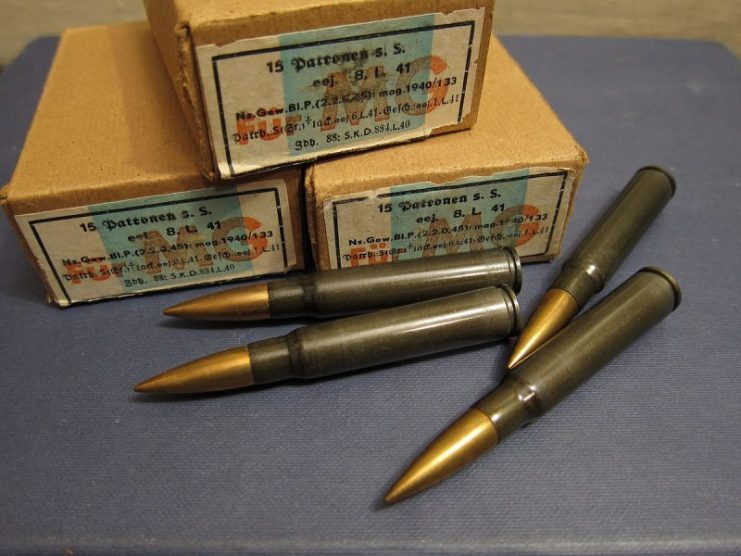
From the days of WWI, soldiers wrote vital information on miniature, cryptic notes that were able to be concealed in an emptied bullet casing, which they then covered up with the actual bullet.
A message inside a bullet case easily escaped notice since the battle environment was littered with bullets and it was not unusual for a soldier to be carrying them. If a soldier was captured by the enemy, he could simply drop the bullet.
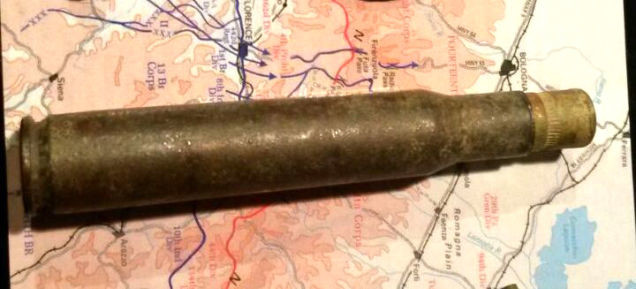
Following the discovery of this particular bullet by the group of enthusiasts, they pried the case open. There was a tiny piece of paper inside. It contained some coded information, with the date being the only comprehensible detail.
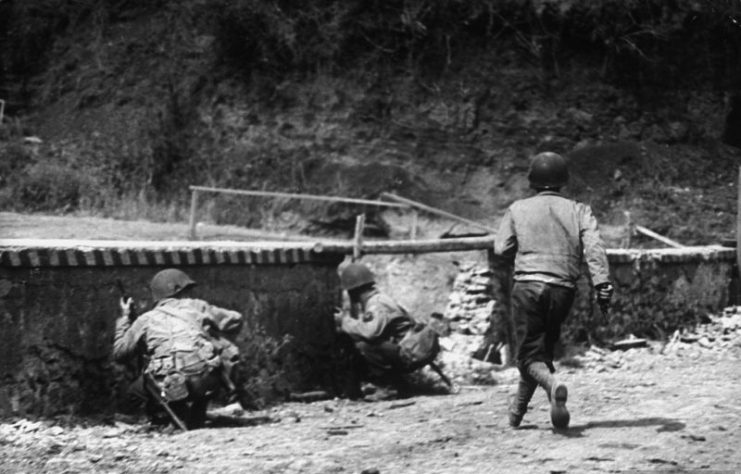
The date was stated thus: 8/13/44. Due to the format, it was easy to assume that the writer was probably American.
Unable to decipher the message, the finder took to an online forum with a picture of the note. He sought out help from the online community, hoping to find someone who could decrypt the message.
Very soon after the inquiry was posted on the forum, someone turned up with an answer. He claimed that his grandfather had served in Italy during WWII, and had later given him all his daily code books.
He stated that the message was written by an officer tasked with coordination of forces for a specific engagement.
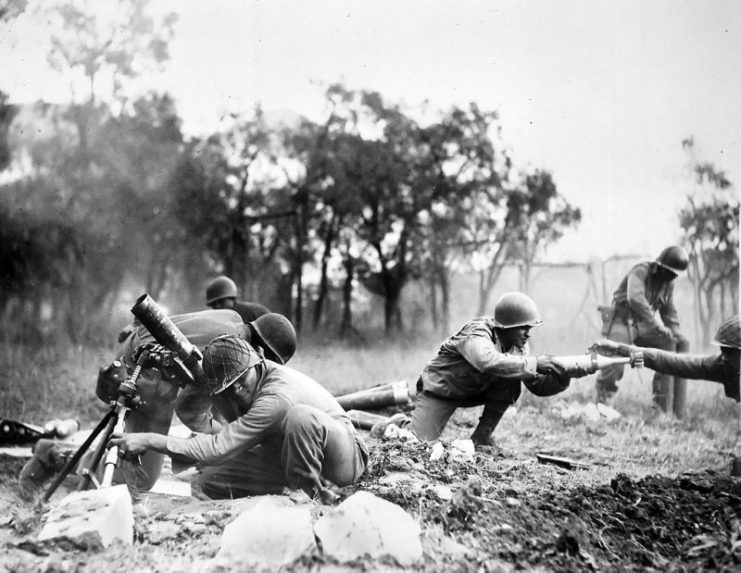
The message read: “They throw grenades we pull pins and throw back. Notify reinforcement stand down—not needed.”
Apparently, this was quite the succinct tale of an enemy’s ignorance and its aftermath.
It is incredible, imagining an enemy repeatedly hurling grenades without pulling the safety pins first. But then it begins to make sense when one considers the fact that this happened in Italy.
The Italians manufactured hand grenades that had two pins. Thus, whoever threw the grenades at the Americans had probably done so without knowing that they needed to pull a second pin.

The Americans, seeing that the grenades were not exploding, had run a quick check and realized that the second pins were intact. They promptly disengaged the second pin and sent the grenades back to where it came from.
Although this seemed shed some light on the original mystery of the coded message, its decryption created another mystery: who threw the grenades at the Americans?
It is completely absurd to think that they were Italian soldiers. They couldn’t have been. One would imagine that the Italians would know how to use their own weapons.
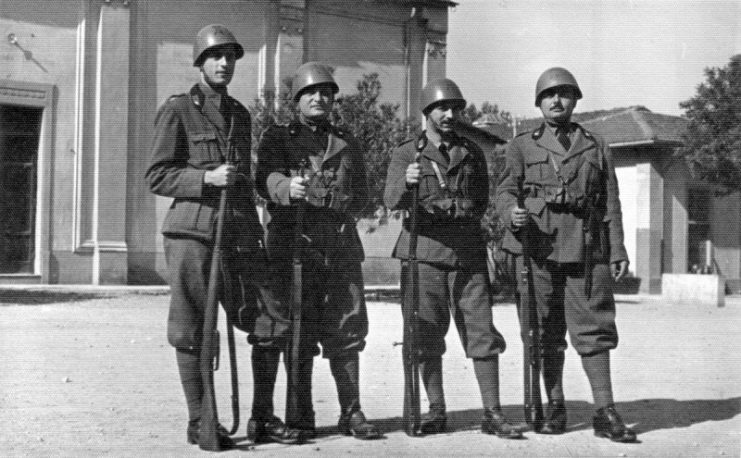
Besides, Italy was almost out of the war by the time of the incident described on the cryptic message. Following Italy’s unconditional surrender on September 3, 1943, most Italian troops were no longer fighting.
Therefore, the enemy that threw the grenades at the American troops were probably soldiers from Nazi Germany. At the time of Italy’s capitulation, the Nazis had successfully confiscated Italy’s war equipment, including their hand grenades.
Read another story from us: 5 Hidden War Messages That Weren’t Found Until Much, Much Later
Apparently, the Nazis didn’t know that the grenades had two pins. And clearly, they never got the manual from their former allies.
So the Nazis threw the grenades at the Allies, only to have the explosives come straight back at them. This time, the grenades had their second pins removed, so a blast was certainly going to happen.
If this was indeed true of the Nazis, then it could be one of the most embarrassing tales ever told about them.
